A Park Model RV, also known as a recreational park trailer, is a type of recreational vehicle (RV) that is
designed for temporary accommodation, primarily for recreational, camping, or seasonal use. These RVs
are constructed on a single chassis with wheels, making them mobile and relatively compact. One of the
defining features of a Park Model RV is that it typically does not exceed 400 square feet in size to meet
RV legal requirements.

Key characteristics of Park Model RVs include:
1. Size Limitation: Park Model RVs are intentionally limited in size to ensure they remain under 400
square feet. This compact design distinguishes them from larger RVs and mobile homes.
2. Mobility: While Park Model RVs are built on wheels, they are not intended for frequent travel like
traditional travel trailers. Instead, they are often placed in a specific location for an extended
period, whether in an RV campground, on leased land, or even on private property.
3. ANSI Compliance: Park Model RVs are constructed in compliance with ANSI (American
National Standards Institute) housing standards. This ensures that they meet specific quality and
safety standards.
4. Usage: Park Model RVs are commonly used as vacation homes, cottages, cabins, or even as
retirement residences. Some are rented or leased within RV campgrounds, while others are placed
and occupied by their owners on designated lots.
In summary, a Park Model RV is a specialized type of RV that offers compact, comfortable living
accommodations suitable for recreational or seasonal use, with an emphasis on compliance with RV
standards and mobility while still providing a sense of home-like comfort.

WHAT IS DIFFERENT ABOUT PARK MODEL CONSTRUCTION?
The construction of a Park Model RV differs from that of a Travel Trailer in several ways:
1. Size and Purpose: Park Model RVs are specifically designed for temporary accommodation and
seasonal use, with a focus on providing a comfortable living space. They are limited in size,
typically under 400 square feet, to meet RV legal requirements. In contrast, Travel Trailers are
designed for frequent travel and camping, coming in various sizes, from small towable units to
larger, more spacious models.
2. Materials and Quality: Park Model RVs often incorporate materials commonly used in home
construction, such as residential-grade appliances, fixtures, and insulation. The emphasis is on
creating a more home-like experience. Travel Trailers, on the other hand, prioritize lightweight
materials to enhance portability and fuel efficiency, which may lead to differences in durability
and insulation.
3. Chassis and Mobility: Park Model RVs are built on a single chassis with wheels, but their
mobility is generally limited to being moved to a specific location for an extended stay. Travel
Trailers are designed to be towed more frequently, and they come with features like aerodynamic
shapes and lightweight frames to facilitate easier towing.
4. Utility Connections: Park Model RVs are typically connected to on-site utilities, including water,
sewage, and electricity, much like a permanent residence. Travel Trailers are more self-contained
and can operate off-grid using onboard tanks and generators, making them suitable for more
remote camping locations.
5. Interior Layout: Park Model RVs often feature layouts that maximize interior space and comfort,
resembling a small home or cabin. They may include features like lofted sleeping areas, full-sized
bathrooms, and larger kitchens. Travel Trailers prioritize efficient use of space for travel and
camping, which can lead to more compact floor plans.
6. Permanence: Park Model RVs are often placed in a semi-permanent or permanent location for
extended use, such as in RV resorts, campgrounds, or leased lots. Travel Trailers are designed to be
more mobile and are towed to different destinations regularly.
In summary, while both Park Model RVs and Travel Trailers fall under the broader category of
recreational vehicles, their construction and design are tailored to different purposes and usage scenarios.
Park Model RVs emphasize comfort and semi-permanent residence, while Travel Trailers prioritize
mobility and versatility for travel and camping.

WHAT TAX AM I RESPONSIBLE FOR ON A PARK MODEL?
The specific taxes you are responsible for regarding a Park Model RV can vary depending on several
factors, including your location, the way you use the RV, and local regulations. Here are some common
taxes and fees associated with Park Model RVs:
1. Sales Tax: If you purchase a new Park Model RV, you may be required to pay sales tax at the time
of purchase. The rate and regulations regarding sales tax vary by state and sometimes by local
jurisdiction. Some areas may exempt RVs from sales tax if they are primarily used as temporary
accommodations for recreational purposes.
2. Property Tax: Property tax is typically assessed on real property, such as houses and land.
However, the classification of Park Model RVs for tax purposes can vary by location. In some
areas, if your Park Model RV is permanently affixed to a foundation or considered a permanent
dwelling, it may be subject to property taxes. In other cases, if it is considered a movable or
temporary structure, it may not be subject to property tax.
3. Personal Property Tax: In some areas, Park Model RVs may be subject to personal property tax if
they are considered personal property rather than real estate. Personal property tax rates and
regulations vary widely, so it's essential to check with your local tax authority to determine if this
tax applies to your situation.
4. Campground Fees: If you place your Park Model RV in an RV campground or resort, you may be
responsible for campground fees or rental fees to the campground owner or management. These
fees are not taxes but are part of the cost of using the campground's facilities.
5. Registration and Licensing Fees: Like other types of RVs, Park Model RVs may require
registration and licensing, which may involve nominal fees. These fees are typically paid to the
state's Department of Motor Vehicles (DMV) or a similar agency.
It's important to note that tax regulations can vary significantly from one location to another, and they
may change over time. To determine your specific tax responsibilities for a Park Model RV, you should:
1. Contact your local tax authority or county assessor's office to inquire about property tax or
personal property tax requirements in your area.
2. Check with your state's Department of Revenue or Taxation to understand state-level sales tax
regulations regarding RVs.
3. If you plan to place your Park Model RV in an RV campground, inquire about the campground's
fees and any local taxes or fees that may apply.
4. Keep records of your purchase and any tax-related documents to ensure compliance with tax
regulations.
Consulting with local tax authorities and seeking professional guidance from tax experts or legal advisors
can help you navigate the specific tax implications of owning and using a Park Model RV in your area.
ARE PARK MODELS FOUR SEASONS UNITS?
Park Model RVs are generally designed with insulation to provide comfort during various seasons,
including cold winters. However, the level of insulation and the effectiveness in cold weather can vary
depending on the manufacturer, model, and specific features of the RV. Here are some factors to consider
regarding insulation in Park Model RVs:
1. Insulation Quality: The quality and thickness of insulation can vary between different Park Model
RVs. Some models are well-insulated with materials like fiberglass or foam insulation in walls,
ceilings, and floors. These provide better thermal protection and help maintain a comfortable
interior temperature during cold winters.
2. Double-Glazed Windows: Many Park Model RVs come equipped with double-glazed or thermal
windows that provide better insulation and reduce heat loss. These windows are more effective at
keeping cold air out and warm air in.
3. Weather Sealing: Proper weather sealing around doors, windows, and other openings is essential
to prevent drafts and maintain a comfortable interior temperature in cold weather.
4. Heating Systems: Park Model RVs typically have heating systems, such as electric or propane
furnaces, that are designed to keep the interior warm during cold weather. The effectiveness of
these systems can vary, so it's important to check the specific heating capacity and efficiency of
the RV.
5. Skirting: Some Park Model RV owners use skirting, which is a barrier around the bottom of the
RV, to block cold air from circulating underneath. Skirting can help improve insulation and energy
efficiency during winter.
6. Location and Climate: The effectiveness of insulation in a Park Model RV also depends on the
local climate and the severity of winters in your area. Extremely cold climates may require
additional measures, such as supplemental heating sources or more extensive insulation.
When considering a Park Model RV for winter use, it's advisable to:
• Ask the Manufacturer: Inquire about the insulation materials and R-values (a measure of thermal
resistance) used in the construction of the RV. Manufacturers may have specific details about the
insulation properties of their models.
• Inspect the RV: If possible, inspect the RV in person before purchase or rental to assess the quality
of insulation, windows, and overall construction.
• Ask Current Owners: If the RV is already in use, consider speaking with current owners who use
it during winter to get their insights and recommendations.
• Consider Additional Insulation: Depending on your location and personal comfort preferences,
you may opt to add extra insulation or thermal curtains to enhance cold-weather performance.
Ultimately, while many Park Model RVs are designed with cold-weather insulation in mind, it's essential
to evaluate the specific RV's features and capabilities to ensure it meets your needs for winter use.

WHAT IS INVOLVED WITH A PARK MODEL RV DELIVERY AND SETUP?
The delivery and setup of a Park Model RV typically involve several steps to ensure that the RV is
properly placed and ready for occupancy. The exact process can vary depending on the RV's destination,
whether it's going to an RV campground, private property, or another location. Here are the general steps
involved in the delivery and setup of a Park Model RV:
1. Site Preparation: Before the RV arrives, the site where it will be placed should be adequately
prepared. This may include clearing the area of debris, leveling the ground, and ensuring proper
utility connections are available, such as water, sewage, and electricity.
2. Transportation: The Park Model RV is transported to the chosen location using a specialized
truck or trailer designed for moving large RVs. Care is taken during transportation to prevent
damage to the RV.
3. Positioning: Once on-site, the RV is carefully positioned in the desired location. This may involve
maneuvering it into place with the assistance of the delivery team, who may use leveling
equipment to ensure the RV sits evenly on the ground.
4. Utility Connections: Utility connections are made to provide essential services to the RV. This
includes hooking up water lines, sewer connections, and electrical power. Depending on the
location, these connections may already be in place or may need to be installed as part of the setup
process.
5. Foundation or Skirting: Depending on local regulations and preferences, a foundation may be
constructed or skirting may be installed around the base of the RV. Skirting helps to insulate the
RV and create a finished appearance.
6. Interior Inspection: After setup, the interior of the RV is inspected to ensure that all systems are
functioning correctly. This includes checking heating and cooling systems, plumbing, appliances,
and electrical systems.
7. Permits and Inspections: Depending on local regulations, permits and inspections may be
required before the RV can be occupied. The setup process may need to be inspected by local
authorities to ensure compliance with building and safety codes.
8. Additional Features: If desired, additional features such as decks, porches, awnings, or
landscaping may be added to enhance the outdoor living space around the RV.
9. Orientation: If you are the owner or occupant of the RV, the delivery and setup team may provide
an orientation or walkthrough to familiarize you with the RV's systems, features, and operation.
10. Occupancy: Once everything is in place and inspected, the RV is ready for occupancy. You can
move in and start enjoying your Park Model RV.
It's important to note that the specifics of delivery and setup can vary based on local regulations, the RV
manufacturer's recommendations, and the services provided by the RV dealership or delivery company. If
you're having a Park Model RV delivered and set up, it's advisable to communicate closely with the
professionals handling the process to ensure that everything is done correctly and in compliance with
local requirements.
WHAT CUSTIMIZATION DO I HAVE FOR A PARK MODEL RV?
Customization options for a Park Model RV can vary depending on the manufacturer, but many
companies offer a range of choices to personalize your RV to your preferences and needs. Here are some
common customization options you may have when ordering or purchasing a Park Model RV:
1. Floor Plans: Some manufacturers offer various floor plans to choose from, allowing you to select
a layout that suits your lifestyle. You may have options for the placement of bedrooms, bathrooms,
kitchens, and living areas.
2. Interior Finishes: You can often choose interior finishes such as flooring, countertops, cabinetry
styles, and color schemes. This allows you to create a look and feel that matches your taste.
3. Appliances: Manufacturers may offer a selection of appliances, including refrigerators, stoves,
microwaves, and washer-dryer units. You can often choose between standard and upgraded
appliances.
4. Furniture and Furnishings: You may have the option to select specific furniture pieces,
upholstery fabrics, and window treatments. Customizing these elements can help make the RV feel
more like home.
5. Exterior Siding and Colors: Depending on the manufacturer, you may be able to choose the type
of exterior siding (e.g., vinyl, wood, or composite) and the color scheme for the RV's exterior.
6. Roofing Materials: Options for roofing materials, such as metal or shingles, may be available.
Roof color choices can also add a customized touch.
7. Windows and Doors: You might be able to select window types, sizes, and styles, as well as the
design and features of exterior doors.
8. HVAC Systems: Some manufacturers offer choices in heating, cooling, and ventilation systems,
allowing you to tailor the RV's climate control to your preferences and local climate.
9. Additional Features: Depending on the manufacturer and model, you may be able to add extra
features like fireplaces, built-in entertainment centers, walk-in closets, and more.
10. Exterior Additions: Custom decks, porches, awnings, and other exterior features can often be
added to enhance the outdoor living space around your RV.
11. Upgrades and Packages: Manufacturers may offer upgrade packages that include premium
features such as energy-efficient appliances, advanced technology, and smart home systems.
12. Accessibility Features: If needed, you can inquire about customization options for accessibility
features like wider doorways, ramps, and grab bars.
13. Off-Grid Options: Some manufacturers provide off-grid or solar-ready packages for those who
want to minimize their reliance on traditional utilities.
14. Security and Safety Features: Consider adding security systems, smoke detectors, and carbon
monoxide detectors for peace of mind.
It's essential to work closely with the manufacturer or RV dealer to explore the available customization
options, understand any associated costs, and ensure that your choices align with your needs and budget.
Keep in mind that customization may affect the overall price and delivery timeline of your Park Model
RV.
How many can a Park Model RV sleep?
The sleeping capacity of a Park Model RV can vary widely depending on its size, layout, and how it's
furnished. Typically, Park Model RVs are designed to accommodate anywhere from 2 to 6 or more people
comfortably. Here are some factors to consider regarding sleeping capacity:
1. Bedroom Configuration: Park Model RVs often have one or two bedrooms. A single-bedroom
layout may feature a queen or king-sized bed, while a two-bedroom layout may have one larger
bed in the master bedroom and one or more smaller beds or bunk beds in the second bedroom.
2. Convertible Furniture: Many Park Model RVs include convertible furniture options, such as sofa
beds or dinette beds, which can be used as additional sleeping spaces. These are often found in the
living area and can provide extra sleeping capacity.
3. Loft Spaces: Some Park Model RVs have lofted areas that can be used for sleeping. Lofts are
typically accessed by a ladder or staircase and can accommodate one or more mattresses.
4. Sleeping Arrangements: The number of people a Park Model RV can sleep also depends on how
comfortable you are with shared sleeping arrangements. For example, if you have a sofa bed in the
living area, it can be used for one or two people, but it may be less private than a dedicated
bedroom.
5. Family vs. Couple Layouts: Some Park Model RVs are designed with families in mind, offering
bunk beds or additional sleeping areas for children. Others are more suitable for couples or smaller
groups and prioritize features like a spacious master bedroom.
6. Size: The overall size of the Park Model RV can affect sleeping capacity. Larger models often have
more room for multiple bedrooms and additional sleeping arrangements.
When considering a Park Model RV for your needs, it's essential to review the specific floor plan and
layout to determine how many people it can comfortably sleep. Keep in mind that while there may be
enough sleeping spaces for a certain number of individuals, the RV's overall comfort and functionality can
also play a role in how many people can comfortably stay in it for an extended period.
HOW FAR CAN A PARK MODEL BE DELIVERED?
The distance that a Park Model RV can be delivered depends on several factors, including local
regulations, transportation logistics, and the capabilities of the delivery service. Here are some
considerations regarding the distance of Park Model RV delivery:
1. Local and State Regulations: The first step is to check local and state regulations regarding the
transportation of oversized loads, such as Park Model RVs. These regulations may include
restrictions on the width, height, and weight of the load, as well as specific routes and permits
required for transportation. It's important to ensure compliance with all legal requirements.
2. Transport Company: The choice of transport company or service can impact how far your Park
Model RV can be delivered. Some transport companies specialize in long-distance deliveries and
have the equipment and experience to transport oversized loads over significant distances. Be sure
to choose a reputable company with a track record of safely delivering Park Model RVs.
3. Road Conditions: The condition of the roads between the point of origin and the destination is a
critical consideration. Roads should be suitable for the size and weight of the RV. If there are
narrow or winding roads, low bridges, or other obstacles, it may limit the distance that can be
covered in one trip.
4. Permits: Oversized loads often require special permits for transportation, which can vary by state
and distance. These permits are obtained through the relevant transportation authorities and may
have specific requirements, such as travel during certain hours or on certain days.
5. Escort Vehicles: Depending on the size and configuration of the Park Model RV, escort vehicles
may be required to accompany the transport. These vehicles help ensure the safe movement of the
RV and may be mandatory for long-distance deliveries.
6. Route Planning: Detailed route planning is essential for long-distance deliveries. Transport
companies will carefully plan the route, taking into account road conditions, obstacles, and rest
stops.
7. Delivery Timeline: The distance of delivery may also affect the timeline for delivery. Longer
distances may require more time for planning and execution.
8. Delivery Costs: Longer distances typically result in higher delivery costs due to factors such as
fuel, permits, escort vehicles, and transportation fees.
It's important to work closely with the transport company and local authorities to coordinate the delivery
of your Park Model RV over the desired distance. They can provide guidance on the specific
requirements, permits, and logistics involved in the delivery process. Be prepared to provide detailed
information about the RV's size and weight to facilitate proper planning and permitting.
HOW TO SKIRT A PARK MODEL RV?
Skirting a Park Model RV involves installing a barrier or enclosure around the bottom of the RV to
provide insulation, protection, and a finished appearance. Skirting is commonly used to improve energy
efficiency, prevent drafts, and maintain a comfortable interior temperature. Here's a general guide on how
to skirt a Park Model RV:
Materials and Tools You'll Need:
• Skirting material (options include vinyl, metal, or wood)
• Skirting panels or sheets
• Fasteners (screws, anchors, or clips)
• Measuring tape
• Saw (if custom cutting is required)
• Level
• Drill or screwdriver
• Safety gear (gloves, safety glasses)
Step-by-Step Skirting Installation:
1. Measure the Area: Begin by measuring the perimeter of your Park Model RV to determine the
amount of skirting material you'll need. Measure from the bottom of the RV to the ground to
determine the height required for the skirting.
2. Prepare the Area: Clear any obstacles or debris around the base of the RV to create a clean and
level workspace.
3. Cut Skirting Material: If necessary, cut the skirting material to the appropriate height and length.
Some skirting materials come in standard panel sizes, while others may require custom cutting.
4. Attach the Bottom Track: Some skirting systems include a bottom track or rail that attaches to
the ground. Install this track around the perimeter of the RV, ensuring it is level and securely
anchored to the ground.
5. Attach Skirting Panels: Starting at one corner, attach the skirting panels to the bottom track using
screws, anchors, or clips. Ensure that the panels are level and fit snugly against the RV.
6. Continue Installation: Work your way around the RV, attaching skirting panels one by one.
Overlap the edges of the panels slightly to create a continuous barrier. Secure each panel at regular
intervals, typically 16-24 inches apart.
7. Cut Openings: If your RV has utility connections or access points underneath, carefully cut
openings in the skirting material to provide access while maintaining coverage. Be sure to trim
these openings neatly for a clean appearance.
8. Seal Seams: Depending on the skirting material, you may need to seal seams or joints between
panels to prevent drafts and moisture infiltration. Use appropriate sealant or adhesive
recommended by the skirting manufacturer.
9. Add Vents: To ensure proper ventilation and prevent moisture buildup, consider adding vent
openings in the skirting as needed. Install vent covers to protect against pests and debris.
10. Finish and Secure: Once all panels are in place and any openings or vents are added, inspect the
skirting for a secure and finished look. Make any necessary adjustments or additional fastenings.
Properly installed skirting can help improve energy efficiency in your Park Model RV and create a neater,
more finished appearance. Be sure to follow the manufacturer's instructions for the specific skirting
material you are using, as installation methods may vary depending on the type of skirting chosen.
WHAT YEARLY MAINENANCE SHOULD BE PERFORMED ON A PARK MODEL RV?
Regular maintenance is essential to keep a Park Model RV in good condition and extend its lifespan.
Here's a list of yearly maintenance tasks to consider:
1. Roof Inspection and Cleaning:
• Check the roof for any signs of damage, such as cracks or leaks.
• Clean the roof to remove debris, leaves, and dirt.
• Inspect roof seals and seams, resealing any areas that show signs of wear or damage with
appropriate sealant.
2. Exterior Inspection:
• Inspect the exterior walls, siding, and windows for damage, cracks, or signs of water intrusion.
• Clean the exterior to remove dirt, mold, and mildew.
• Check and lubricate door hinges, locks, and windows.
3. HVAC System:
• Have the heating, ventilation, and air conditioning (HVAC) system serviced by a professional
technician. This includes cleaning, checking for leaks, and replacing filters if necessary.
• Ensure that vents and ducts are clean and unobstructed.
4. Plumbing System:
• Inspect all plumbing connections, faucets, and pipes for leaks.
• Test all faucets and fixtures to ensure they are functioning correctly.
• Check water heater and flush any sediment buildup if needed.
• Winterize the plumbing system if the RV will be exposed to freezing temperatures.
5. Electrical System:
• Inspect the electrical system, including wiring and outlets, for any signs of damage or wear.
• Test all electrical appliances, lighting fixtures, and outlets.
• Replace batteries in smoke detectors and carbon monoxide detectors.
6. Interior Inspection:
• Inspect the interior for signs of water damage, mold, or mildew. Address any issues promptly.
• Check for wear and tear on flooring, upholstery, and cabinetry.
• Clean and sanitize all surfaces, including kitchen and bathroom areas.
7. Seals and Caulking:
• Inspect and replace any worn or damaged seals and caulking around doors, windows, and other
openings.
• Ensure that all seals are in good condition to prevent leaks and drafts.
8. Slide-Outs (if applicable):
• Lubricate slide-out mechanisms according to the manufacturer's recommendations.
• Inspect the slide-out seals for damage and replace as needed.
9. Propane System:
• Have the propane system inspected and serviced by a qualified technician.
• Check for leaks and ensure that propane appliances are functioning correctly.
10. Awning Inspection and Cleaning: - Inspect the RV's awning for any tears or damage. - Clean and
lubricate the awning mechanisms as needed.
11. Tire Maintenance: - Check tire pressure and inflate to the recommended levels. - Inspect the tires for
signs of wear, cracks, or bulges. - Rotate and balance the tires if necessary.
12. Safety Equipment: - Test and replace the batteries in smoke detectors, carbon monoxide detectors,
and fire extinguishers. - Ensure that all safety equipment is in good working order.
13. Documentation: - Keep a detailed maintenance log, including dates and descriptions of maintenance
tasks performed. This can be helpful for tracking and planning future maintenance.
It's important to consult your RV owner's manual for specific maintenance guidelines and schedules
recommended by the manufacturer. Additionally, consider having an RV professional perform an annual
inspection to identify and address any issues that may not be apparent during routine maintenance.
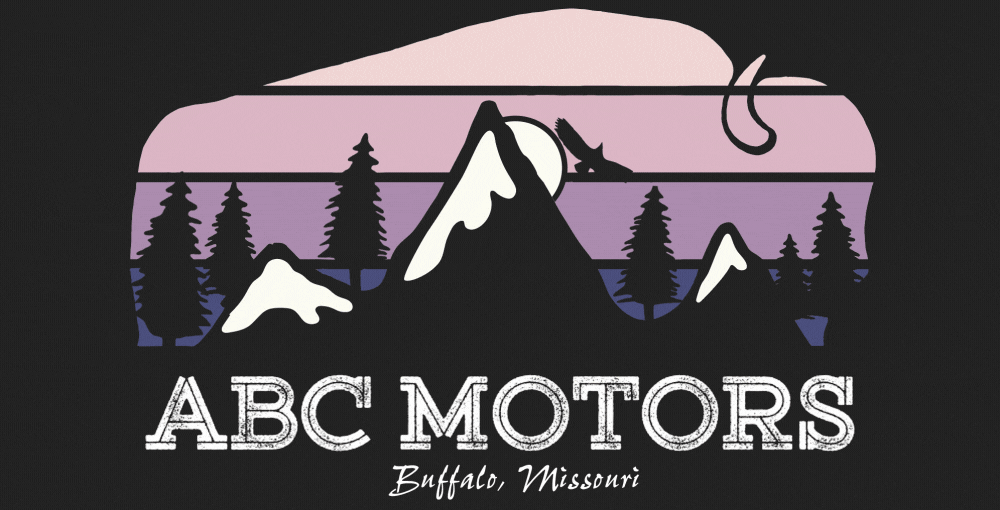

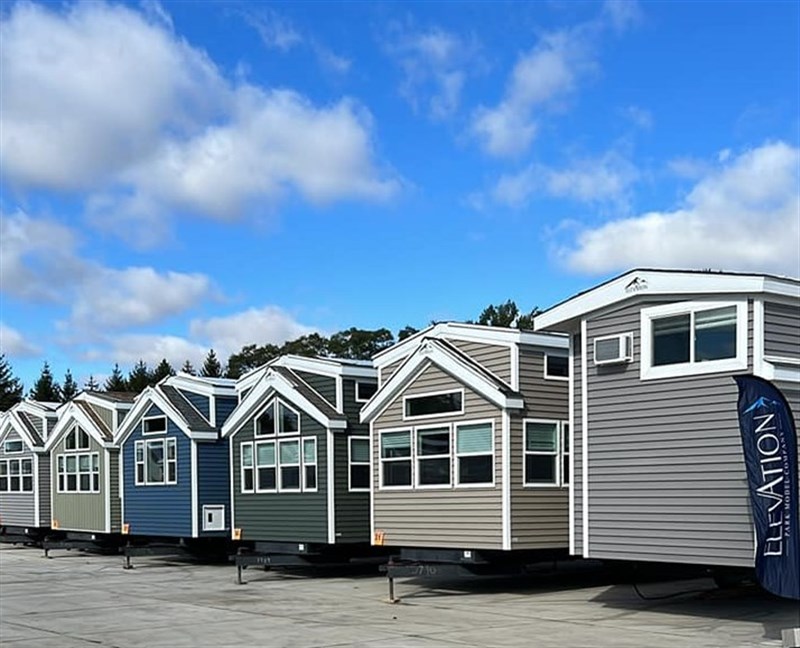




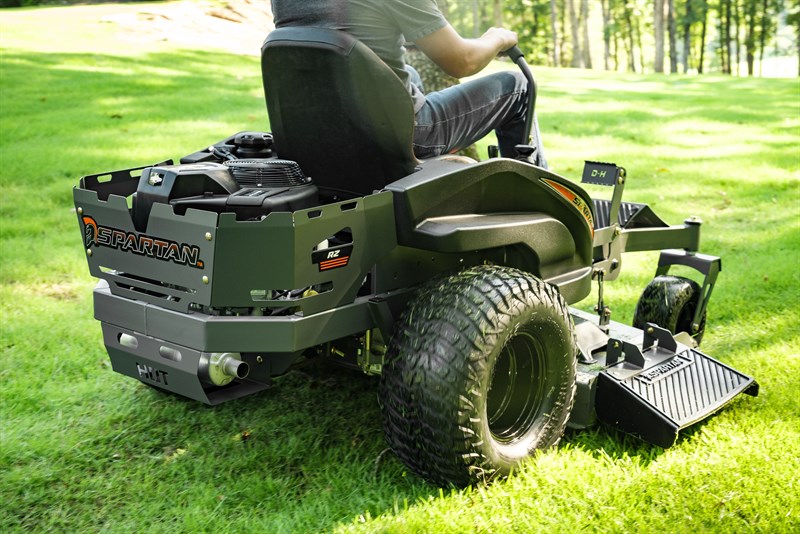
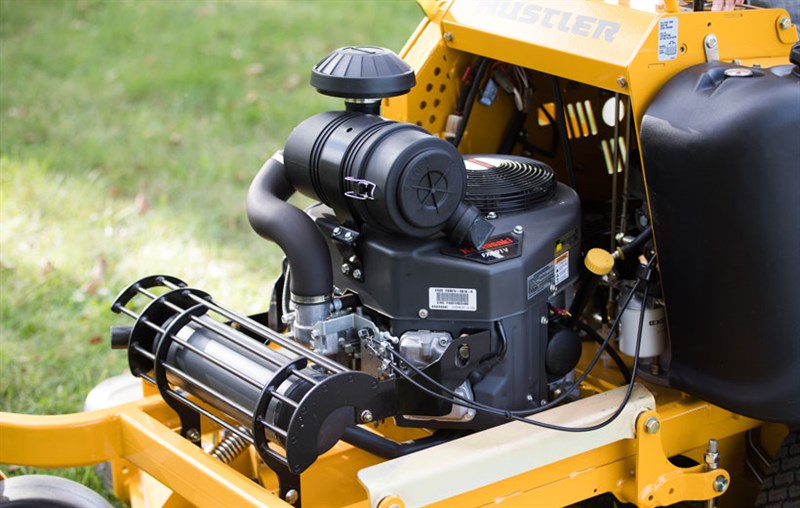
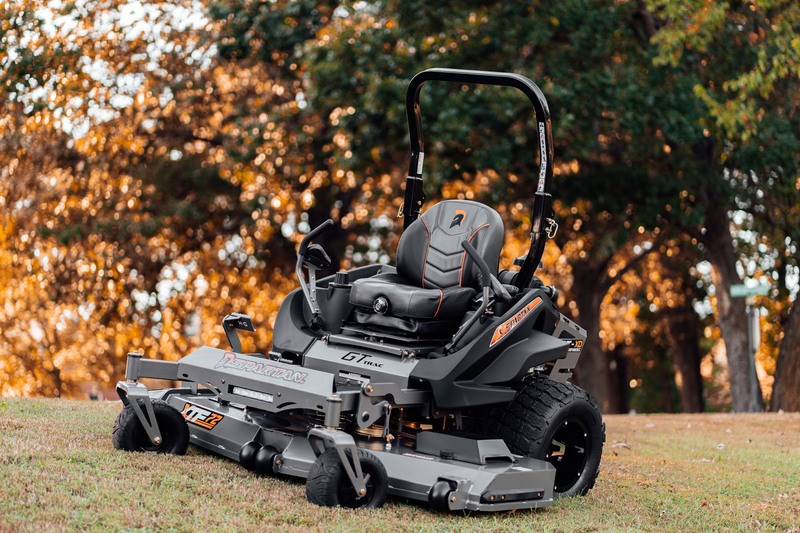





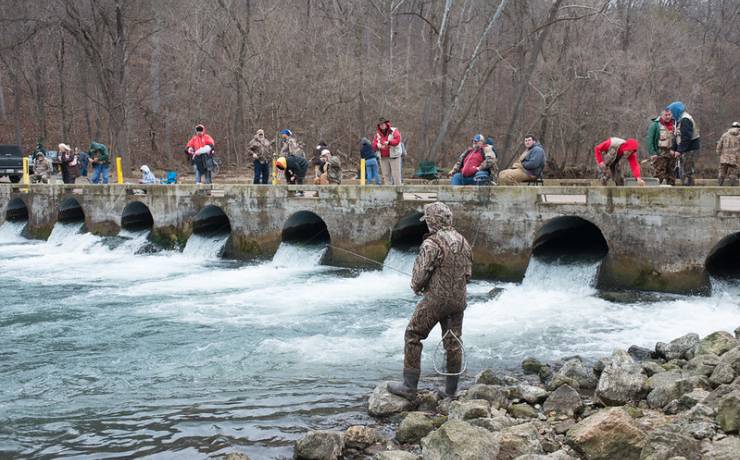
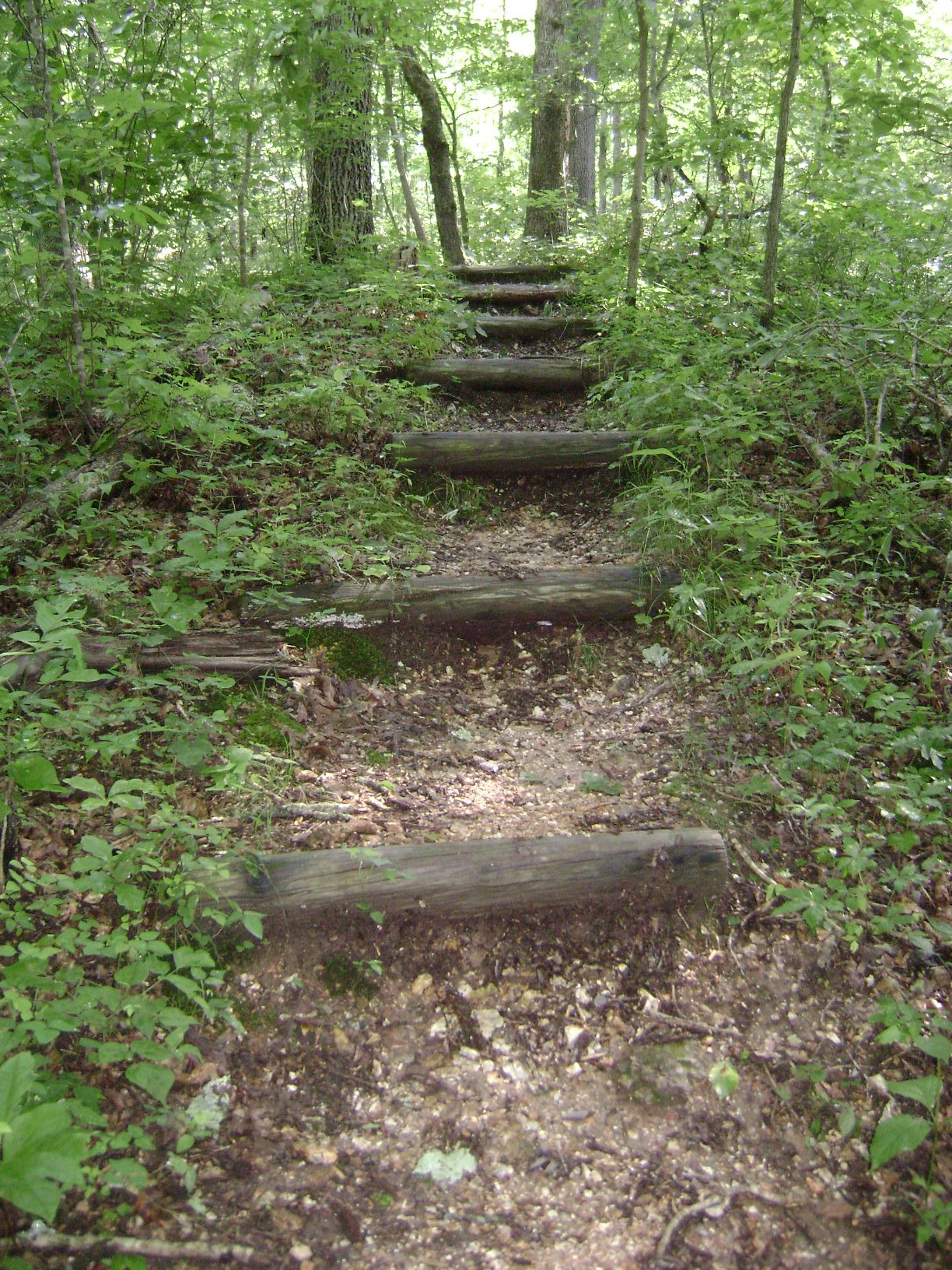
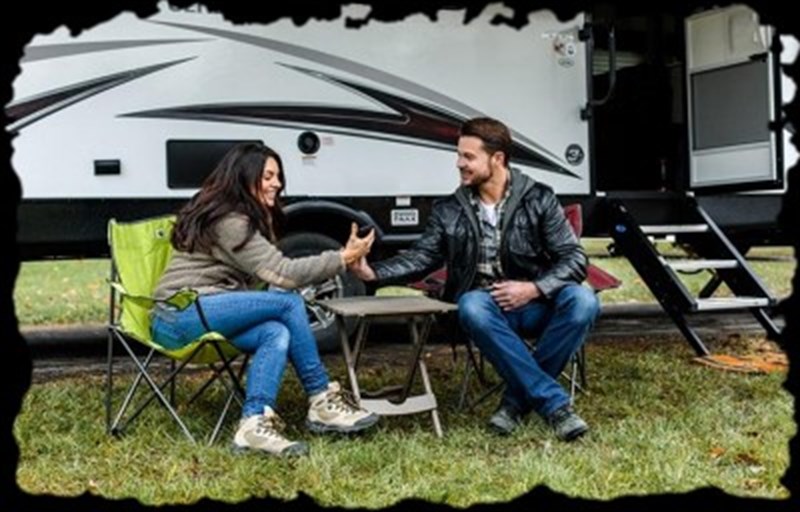








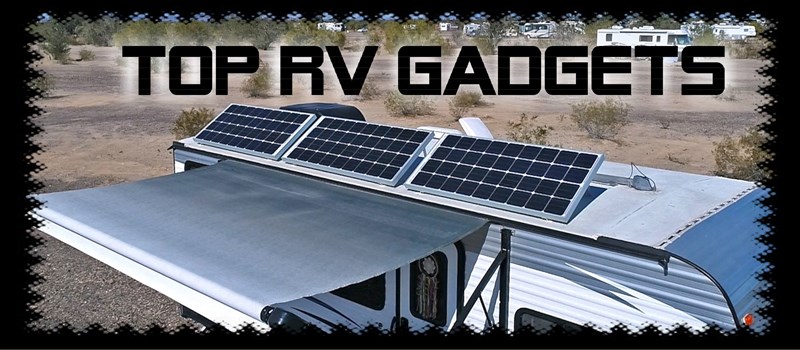
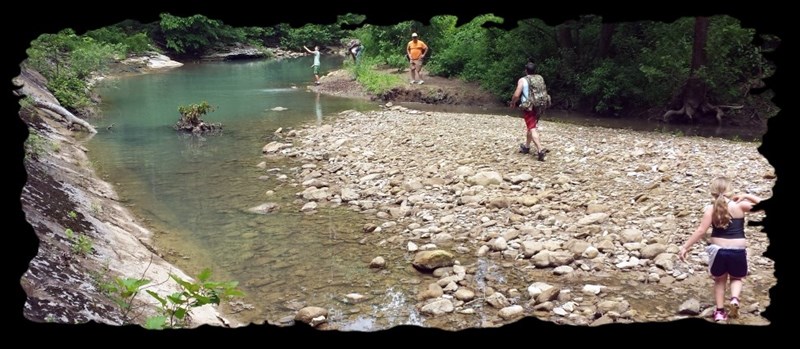
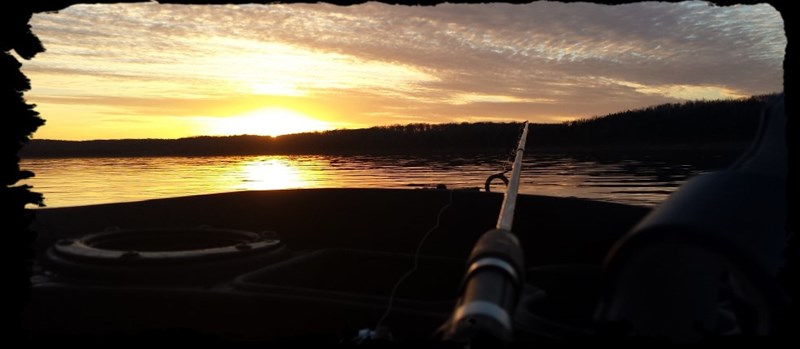
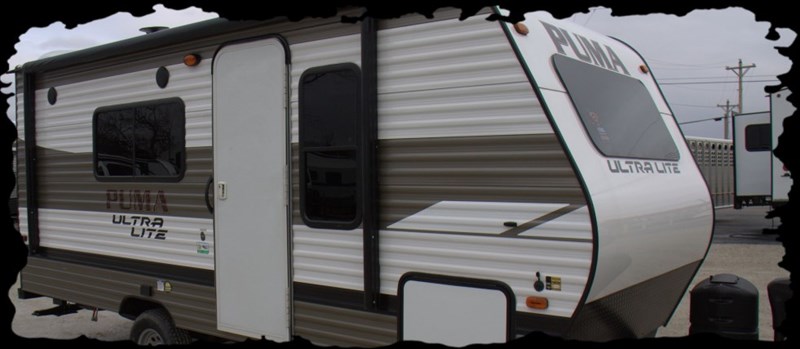
 me task. Especially if you have brought your doggy with you, it’s pretty difficult for him. Even your small children can face difficulties while getting in or out of the trailer. While many travel trailers come with a set of stairs, these stairs may be small and may not work well.
me task. Especially if you have brought your doggy with you, it’s pretty difficult for him. Even your small children can face difficulties while getting in or out of the trailer. While many travel trailers come with a set of stairs, these stairs may be small and may not work well.






